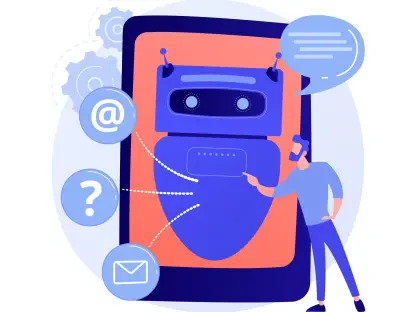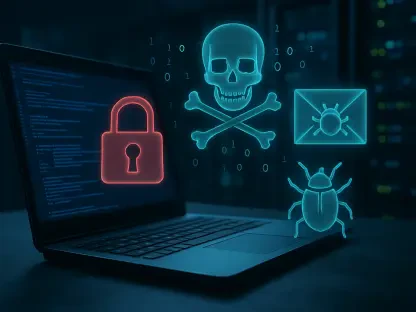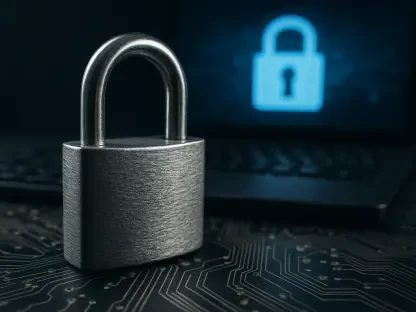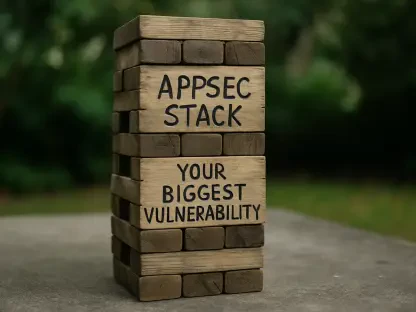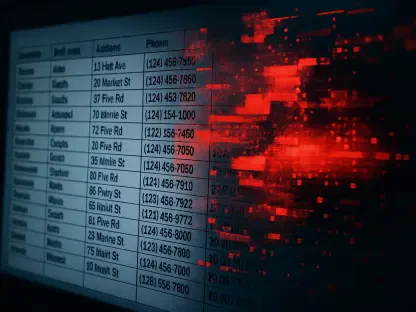East Hill Elementary School in Montreal’s Rivière-des-Prairies is taking significant steps to ensure elementary students are well-equipped to navigate the digital world safely and responsibly. They are doing this through their innovative Digital Literacy/Online Safety initiative, which is a key part of the school’s Media and Technology academic program. This initiative addresses crucial topics such as internet safety and screen time addiction, recognizing the importance of imparting these skills to young learners to prepare them for a future where digital proficiency is indispensable.
The Digital Literacy/Online Safety Initiative
The driving force behind the Digital Literacy/Online Safety initiative is media teacher Nadia Barrafato, who has been dedicated to making digital learning both educational and enjoyable for the students. This program is a vital part of East Hill’s Media and Technology academic curriculum, receiving considerable praise from the students for its engaging and interactive approach. Barrafato points out that the initiative not only makes technology lessons fun but also promotes essential skills such as collaboration, critical thinking, and problem-solving among young students.
The venture adapts its curriculum to suit various grade levels, ensuring age-appropriate teachings about technology and internet safety. For instance, pre-kindergarten students, along with those in Grades 1 and 2, visit the media lab twice a week. Here, they start with learning the basics, such as how to use input and output devices, with the help of educational software like Kid Pix Deluxe 3D. By Grade 2, students are introduced to TypingPal, a program designed to teach correct finger positioning for effective typing skills, laying a strong foundation for future technological interactions.
Advanced Learning and Internet Safety
From Grade 3, the curriculum evolves to address more sophisticated aspects of technology and internet safety. Students begin to learn about various software applications and start delving into the critical topic of online safety. By Grade 5, these young minds become “experts” in internet safety and digital citizenship, gaining a deeper understanding and appreciation of the responsible use of technology. One of the most notable aspects of the program at this stage involves a creative project where Grade 5 students are assigned to work in pairs to design and code video games using Scratch, an educational programming language developed by the MIT Media Lab.
These video games, crafted by the older students, are targeted at teaching Grade 3 students about online safety. The process is comprehensive and collaborative, as students create business plans, design their games, and generate questions that address important issues like internet safety and cyberbullying. This hands-on approach not only fortifies technical abilities but also imparts significant lessons on digital literacy in a highly engaging manner.
Student Perspectives and Projects
The program has inspired numerous creative projects, and students have enthusiastically shared their experiences and insights. Grade 5 student Mila Grossi reflects positively on the combination of fun and learning elements integrated into the curriculum. Another student, Melania Verrillo, articulates how her project specifically focuses on educating younger students about the risks associated with sharing personal information online.
Other innovative projects include the game “Mystery in the Castle,” developed by Tiffany Errico and Eva Ciambrone, which reinforces internet safety concepts by requiring players to correctly answer related questions in order to advance through the game. This approach helps ensure that younger students absorb these lessons in a playful yet meaningful context. Additionally, Massimo Giovanni Sansalone and Liam Christian Dionne Zelaya have created a game that features a cat collecting tacos while answering internet safety questions, merging entertainment with education seamlessly.
Angela Cotugno and Bianca Alves designed “Super Cat and the Internet Safety Challenge,” wherein a super cat dodges attacks from a mischievous squirrel by correctly responding to online safety questions. Each of these projects reflects the inventive synergy between learning objectives and creative game design, demonstrating how such initiatives can successfully combine important educational content with fun and engaging platforms for young learners.
Program Effectiveness and Future Plans
Barrafato has continually stressed the program’s success in raising awareness among students about the paramount importance of internet safety. She believes that regular discussions about the use of technology at school and at home will foster a balanced and mindful approach to digital interactions. Testimonials from students like Simona Tirone and Sofia Signore highlight the significance of learning about online safety from an early age, reinforcing the program’s effectiveness and enduring impact on their digital behaviors.
At the close of the school year, Barrafato plans to host an arcade event where Grade 5 students will receive direct feedback from third graders who play their games. This interactive feedback loop not only serves as an evaluation of the students’ projects but also deepens the younger students’ understanding of internet safety principles. Looking ahead, she is excited about the upcoming academic year, during which the curriculum will expand to cover advertising and persuasion techniques, equipping Grade 6 students with knowledge about how advertisers aim to influence consumer behavior.
Preparing Students for the Future
East Hill Elementary School, located in Montreal’s Rivière-des-Prairies, is pioneering a cutting-edge program to help students navigate the digital world in a safe and responsible manner. This endeavor is part of the school’s comprehensive Media and Technology academic program, aptly named the Digital Literacy/Online Safety initiative. The initiative covers essential topics such as internet safety and screen time addiction, emphasizing the need for young students to acquire these critical skills early on.
In today’s digital age, it’s more important than ever for children to be digitally literate and understand how to use technology responsibly. By integrating these teachings into the curriculum, East Hill Elementary ensures that students are not only academically prepared but also equipped with the necessary tools to thrive in a world where digital proficiency is becoming increasingly vital.
The program aims to provide students with the knowledge and skills to navigate online environments safely, understand the potential risks of internet use, and manage their screen time effectively. Through this initiative, the school is laying a solid foundation for its students, preparing them for a future where digital fluency is not just an advantage but a necessity.


